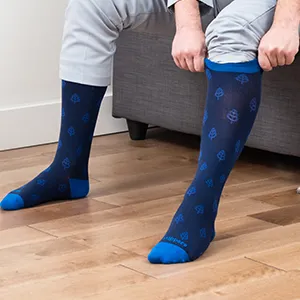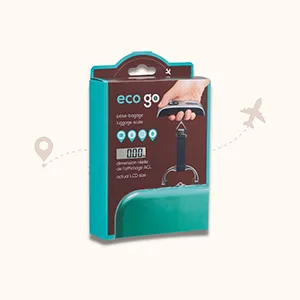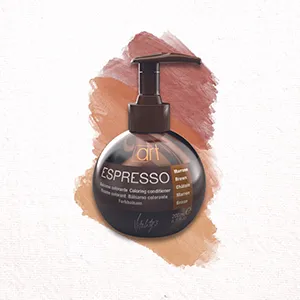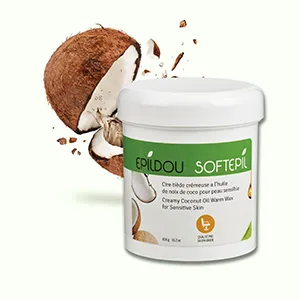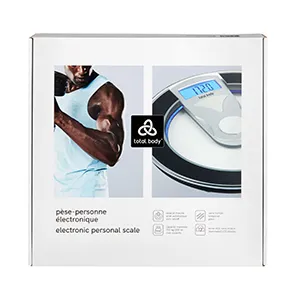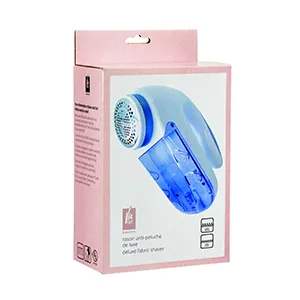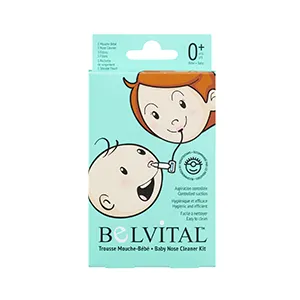September 8, 2022 PAIN AWARENESS MONTH: UNDERSTANDING PAIN AND WHAT YOU CAN DO TO MANAGE IT

September is Pain Awareness Month! Created in 2001, this campaign aims to raise awareness about chronic pain and its impact on individuals and communities. One of its main goals is to bring the issues of chronic pain to light and work on bettering global pain management. This is done by increasing our understanding and knowledge of pain and raising awareness. Read on to learn more about pain and ways to manage and treat it.
Understanding pain
The International Association for the Study of Pain defines pain as “an unpleasant sensory and emotional experience associated with, or resembling that associated with, actual or potential tissue damage.” On her popular podcast Body Stuff, Dr. Jen Gunther explains that while we typically try to make pain go away, pain is actually something we need to survive. It tells you something is wrong. For example, if you stub your toe, fall off your bike, or burn your hand on the stove, pain, which starts in receptor nerve cells beneath the skin and in organs, sends a message to the brain that it is time to rest, recover, and treat the damage. However, pain is not just physical, but emotional and mental as well. And studies show that thinking or worrying about pain can in fact make your pain worse.
Acute vs. chronic pain
According to Johns Hopkins Medicine, there are two types of pain:
- Acute pain, caused by an injury, inflammation, tissue damage, illness, or a recent surgery. It usually lasts less than a week or two and goes away when the underlying cause is treated and resolved.
- Chronic pain persists for months or even years, after the underlying cause has been treated and the person has recovered. This type of pain may be continuous or “on” and “off” and may be caused by an ongoing illness such as arthritis or cancer. Sometimes, the cause of chronic pain can be unclear.
Raising awareness about pain
In Canada, an estimated 8 million people live with chronic pain. Living with chronic pain can be debilitating and negatively impact your physical, mental, and emotional health. Moreover, Health Canada explains that in addition to affecting people’s health, chronic pain sufferers are often stigmatized. This can lead to feelings of isolation, depression and impact a person’s finances, job security, social interactions and daily activities, and even their sense of self. People who face marginalization or discrimination are also more prone to experiencing chronic and severe pain.
Treatment options
Experts agree that the most effective way to treat chronic pain is through a combination of options and a proper pain management plan. Some popular pain treatment options include:
- Pharmaceuticals such as anti-inflammatory drugs, acetaminophen, muscle relaxants, and opioids. But beware, opioids are extremely addictive and people easily form a dependency on them. These should always be taken with extreme caution, even when prescribed by your doctor.
- Rehabilitative treatments such as exercise, physical activity, Yoga, Tai Chi, and other physical interventions to help you reach and maintain optimal physical function.
- Psychological therapies and interventions that aim to help change thoughts, behaviours and emotions. These may include cognitive behavioural therapy, mindfulness, group therapies, education sessions, and so on.
- Medical interventions and devices such as dental splints, shock wave therapy, low-level laser therapy, among others.
- Self-management such as meditation, dietary practices, relaxation and breathing exercises, and so on.
Hot and cold therapy to treat pain
Hot and cold therapies are effective home remedies for treating both acute and chronic pain. Cold therapy, such as ice packs, cold compresses, ice baths and so on, are recommended for swelling and inflammation. Cold will often be used on ailing joints such as the knees, shoulders, and elbows. On the other hand, hot therapy such as hot baths, saunas, compresses, and heating pads, are effective for treating stiffness and tension especially sore muscles or muscle spasms. Heat therapy is particularly helpful for neck, back, and shoulder pain and can also be used on joints.
Pain management is not a one-size-fits-all approach. As everyone experiences pain differently, it is important to find the best treatment options for you and to always consult a doctor. Considering the high cost and side effects of many pain treatments, hot and cold therapies such as Magic Bag compresses can be an effective way to alleviate and treat pain at home. With a wide range of products for your various aches and pains, Magic Bag compresses provide all-natural pain relief. Shop for yours today!




